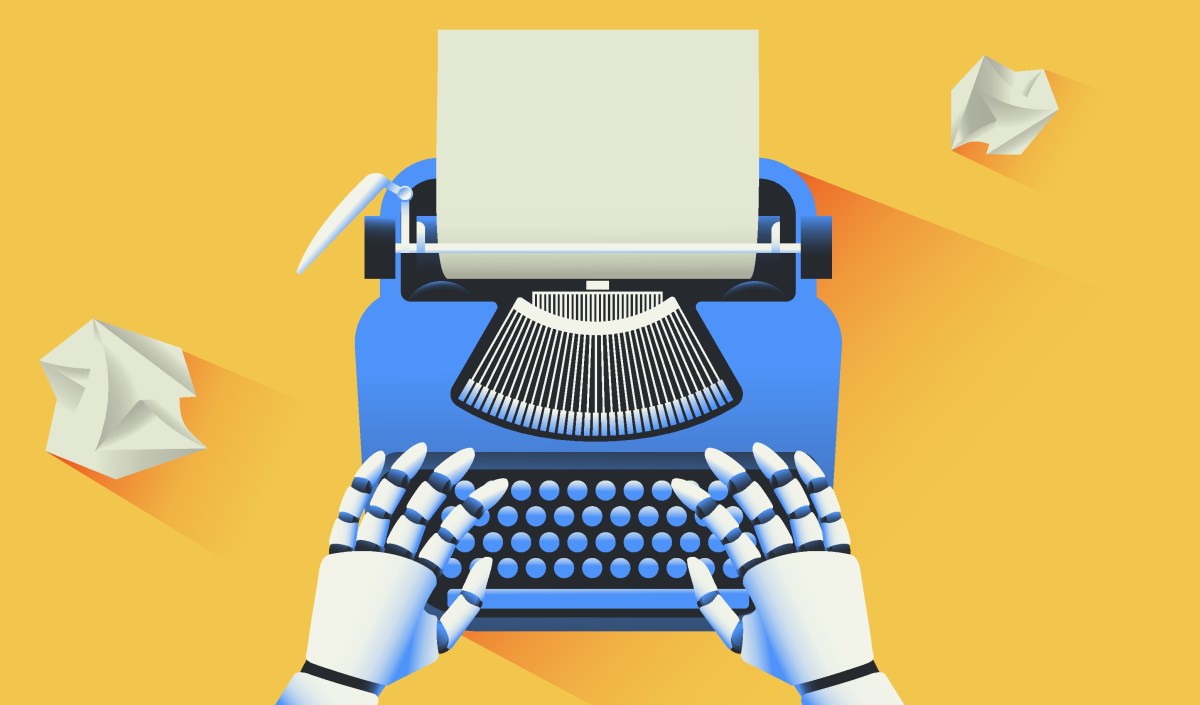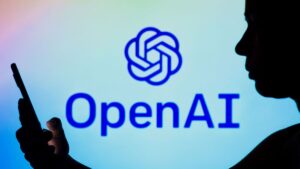Study Suggests AI Models Have ‘Memorized’ Copyrighted Material

New Study Reveals Insights into OpenAI’s Copyright Controversies
A recent investigation suggests that OpenAI may have utilized copyrighted materials for training some of its artificial intelligence (AI) models. This revelation adds weight to ongoing lawsuits brought against the company by authors, programmers, and various rights-holders, who claim that their works—which include books, software, and more—were used without authorization. OpenAI has consistently maintained a defense rooted in the concept of "fair use," a legal doctrine that allows limited use of copyrighted material without permission. The plaintiffs, however, argue that the U.S. copyright law does not provide an exception for data used exclusively for training AI.
Understanding the Study and Its Findings
The study, which involved collaboration among researchers from the University of Washington, the University of Copenhagen, and Stanford University, introduces a new approach to detecting information that models like OpenAI’s may have memorized during training. AI models function as predictive tools, absorbing large swathes of data to identify patterns, which enable them to generate a variety of outputs, including text and visuals. While many of these outputs do not directly replicate training data, some instances of verbatim copying can occur.
How AI Models Learn
AI models are designed to recognize and generate patterns from the training data they are exposed to. For instance, visual models have been shown to recreate images from films, while language models can inadvertently plagiarize articles from sources like news outlets. This study investigates how this "memorization" occurs by focusing on what researchers define as "high-surprisal" words. These are words that are less common in a given context. For instance, in the sentence "Jack and I sat perfectly still with the radar humming," the word "radar" would be considered high-surprisal because it is less likely to appear than other more common words.
Methodology of the Study
The researchers examined several of OpenAI’s models, including GPT-4 and GPT-3.5, for indications of memorization. They accomplished this by removing high-surprisal words from selected text excerpts from fiction books and articles published by The New York Times. The models were then tasked with predicting the masked words. When the models correctly identified the missing words, it indicated potential memorization of those text segments during the training phase.
Key Findings
The study’s tests revealed that GPT-4 exhibited signs of having memorized sections of well-known fiction, particularly from a dataset that included copyrighted eBooks called BookMIA. It was also shown to have memorized content from New York Times articles, although to a lesser degree.
Abhilasha Ravichander, a doctoral student at the University of Washington and one of the study’s co-authors, commented on the implications of their research. Ravichander emphasized the importance of understanding the potentially contentious data utilized in training these AI models. She noted that transparency in the data sourcing process is crucial for building trustworthy language models.
Importance of Data Transparency
Ravichander highlighted the necessity of developing models that can be examined and audited scientifically. This process is vital for establishing trust in AI technologies. The ultimate goal of their research is to provide tools that allow for in-depth scrutiny of large language models.
OpenAI has historically supported broader regulations surrounding the use of copyrighted materials in AI development. Although the organization has entered into several licensing agreements and offers mechanisms for copyright holders to opt out of having their work used for training, it has also actively lobbied for clearer definitions of "fair use" in the context of AI.
This ongoing discourse around copyright and AI training underlines the need for a balanced approach that respects the rights of creators while fostering innovation in artificial intelligence.






